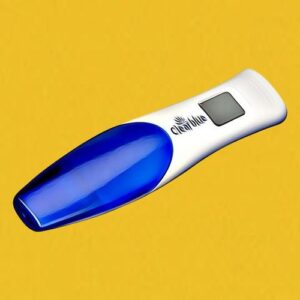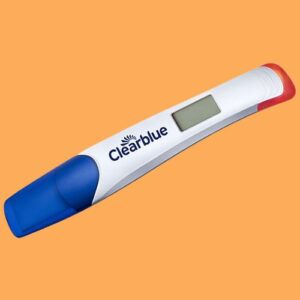5 Secrets About Ovulation Headaches Revealed
Ovulation headaches are a common but little discussed side effect of a woman’s menstrual cycle. As your body prepares to release an egg during ovulation, hormonal fluctuations can trigger headache and migraine symptoms for some women. Read on to discover 5 key facts about identifying, treating, and even preventing ovulation headaches.
What Exactly Are Ovulation Headaches?
Ovulation headaches are often comparable to migraine or tension headaches. The pain may be felt on one or both sides of your head or temples. While some women get ovulation headaches regularly, others may never experience them. Alongside other ovulation symptoms like cramping and discharge, headaches can help identify your most fertile days each month.
Why Do They Happen?
Headaches are caused by the drastic increase and decrease in oestrogen levels around ovulation. As your body releases an egg, oestrogen surges and luteinizing hormone spikes. For some women, these hormonal changes trigger severe headaches or migraines.
How hormone fluctuations lead to pain
The rise and fall of hormones like estrogen and luteinizing hormone affects the blood vessels in the brain. This can cause them to constrict and expand, potentially triggering pain. Some women also have naturally heightened sensitivity to hormonal fluctuations, making headaches more likely.
How Long Do They Last?
Ovulation headaches typically last anywhere from a few hours up to 3 days. The pain often subsides once your ovulation surge ends, but returns again during your next cycle’s oestrogen-free week. So you may get headaches both around ovulation and during your period.
Timing and tracking headaches
Keeping a symptom diary can help you identify patterns and predict when ovulation headaches may strike. Note headache start dates, severity, duration and other symptoms. Over a few months, you may see a pattern emerge related to your cycle.
What Are The Tell-Tale Symptoms?
Alongside head pain, look out for:
- Light and sound sensitivity
- Nausea or vomiting
- Visual disruptions like blurred vision
- Throbbing or pulsating sensations
Distinguishing features
While they share some traits with migraines, ovulation headaches don’t always have the same distinguishing features like auras. The pain also tends to be milder and shorter-lived. But sensitivity to light and sound, nausea and throbbing temples are common with both.
What Treatments Can Help?
Start by trying over-the-counter painkillers like paracetamol or ibuprofen. Apply a warm or cool compress to your head and temples. Stay hydrated and consider diluted peppermint oil. For severe cases, your GP may prescribe migraine medications like almotriptan.
Lifestyle changes and home remedies
Alongside medication, making lifestyle tweaks can ease symptoms. Try relaxation techniques, limiting caffeine and alcohol, staying cool if heat worsens pain, and avoiding strong smells. Gentle yoga, acupuncture, and magnesium supplements may also provide relief for some women.
Managing hormones with birth control can prevent ovulation headaches for some women. But this may not be ideal if you’re trying to conceive. Discuss other prevention options like anticonvulsants, SSRIs, or beta-blockers with your doctor.
Photo by Anthony Cunningham for Zoom Baby
Zoom Baby is a leading supplier of Pregnancy Tests and Ovulation Test Kits





